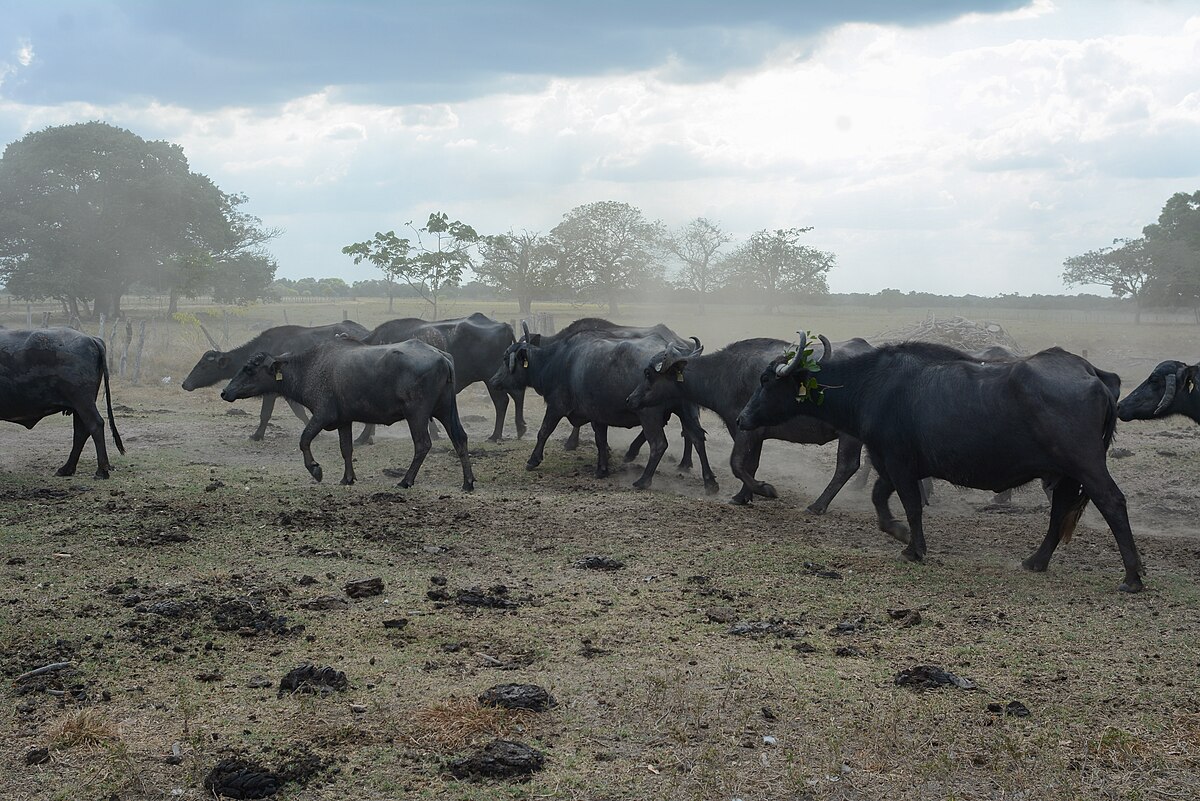"The cells for Eat Just's product are grown in a 1,200-litre bioreactor and then combined with plant-based ingredients. Initial availability would be limited, the company said, and the bites would be sold in a restaurant in Singapore. The product would be significantly more expensive than conventional chicken until production was scaled up, but Eat Just said it would ultimately be cheaper."
^Soy alert.
The best most cost effective way currently available to replicate vascular muscle tissue structures at cheap/cost effectively.... while sufficiently replicating myoblast's (small vein structures) is to use a plant based scaffold.
More importantly it is common knowledge to those who in fact stay on top of this technology that this technique is utilized essentially across all lab grown meat product's and only requires that natural enzymes be added to the foray to break down and dissolve the scaffold in order to ensure there is nothing there but the meat.
Yes you could culture the animal vein structures and grow an animal based scaffold, but this would had proved a far far more expensive method and is not where lab grown meat ventures have focused their intention's or invested.
Also, the use of plant based scaffolding on the wiki page is 10x larger than all other sections on wiki about Lab Grown Meat combined - due to the fact that it was the base technology the foundation for lab grown meat was built upon.
Currently, if you are looking to sample Lab Grown Meat - it will be meat grown on a plant based/soy gel based scaffold and this point has been discussed on forum's for the last 15 years of Lab Grown meat discussion.
The consensus - even if the scaffolding remains you will only ever in fact taste the meat/meat cells of the animal as the scaffolding makes up a mere .13 percent of the product in totality. That is Point Thirteen percent for the uninitiated.
Other's will claim and argue this number is anywhere from 14% to 18% and high as 23% when in fact those methods are not utilizing the latest most current cutting edge standards. They are more aimed at cost effectiveness/reproduction.
Researchers are able to build muscle fibers, giving lab-grown meat the texture meat lovers seek.

news.harvard.edu
Researchers have created a technique that uses textured soy protein to create an edible scaffold.

www.sciencefocus.com
Scientists have created a new method for producing an edible scaffold for growing
cultured meat.
The scaffold, which is made from textured soy protein, enables synthetic meat cells to grow into a beef-like product for human consumption.
The study, published in
Nature Food, found the product
performed well in preliminary taste tests.

en.wikipedia.org
Cellulose is the most abundant polymer in nature and constitutes the exoskeletons of plant leaves. Due to its abundance, it can be obtained at a relatively low cost. It is also versatile and biocompatible.





